Unilever Supply Chain: Lessons Learned on Digital Transformation
- Supply Chain
- Sustainability
- Consumer Goods
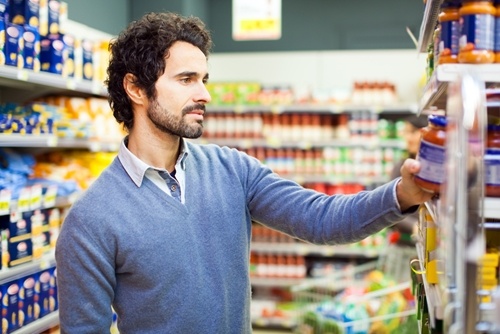
From the leftover Ben & Jerry’s in your freezer to the travel-size Dove lotion abandoned somewhere at the bottom of your toiletry bag, the business responsible for these familiar household staples is the multinational consumer goods company, Unilever.
A dominating force in the consumer goods industry, Unilever operates in over 280 factories and 500 warehouses, delivering to 190 countries.
Unilever strategic supply chain sets them apart from the rest and gives them the agility to process over 25 million customer orders annually, generating an annual revenue of $74.14B.
Let’s look at lessons you can learn from Unilever’s commitment to partnering with purpose, integrating technology, and business structure, and how it can help transform your supply chain for the future.
TL;DR
- Unilever’s Global Reach: Manages a complex supply chain with over 280 factories, 500 warehouses, and sources from 52,000 suppliers in over 150 countries.
- Strategic Transformation Pillars:
- Digitalization and Automation: Implements advanced technologies like AI and blockchain for improved data visibility and process automation.
- Sustainability Initiatives: Commits to reducing environmental impact through sustainable sourcing, packaging, and waste reduction.
- Strategic Partnerships: Unilever partners with purpose to stay current on industry trends and updates.
- Technological Innovations: Utilizes Kinaxis’s Rapid Response for integrated supply chain planning across its global operations.
- Positive Outcomes: Achievements include reduced operational costs, improved planner productivity, and enhanced service levels despite lower inventory.
- Future Outlook: Continues to climb the S-Curve with ongoing transformations poised to bring further efficiencies and innovations.
Strategic Pillars of Transformation
Unilever’s initiatives are driven by one agenda: to make sustainable living commonplace. Each of their pillars, focused on process improvement and optimization, works towards that goal.
Unilever knew they needed a structure to guide them to their goals around sustainability and social responsibility.
Thus, their pillars of transformation were born. Here are three main transformation pillars that mold their operations and drive their supply chain toward success:
- Digitalization and Automation
- Sustainability Initiatives
- Strategic Partnerships
Designed to improve efficiency, help the environment, and lead in technology, each pillar supports the other.
Let’s see exactly how the three pillars have transformed Unilever.

PepsiCo’s Supply Chain Journey to Innovation
LEARN MORE »Digitalization and Automation
At the core of Unilever’s transformation is their use of technology.
For instance, Unilever uses key technologies such as mobile devices, artificial intelligence tools, and others to help their workers make quicker and faster decisions and achieve greater efficiency.
This practice has largely contributed to Unilever’s position in the exclusive ‘Masters’ category for the fifth year running in Gartner’s Supply Chain Top 25.
Here are some technologies Unilever leverages:
Unilever needs supply chain visibility to gain a top-sight view of what’s happening to forests globally. To do that, requires real-time data they can trust.
Mobile Devices for Real-Time Data
To accomplish this, Unilever uses mobile devices. With the software, Unilever can spot traffic patterns between farms and mills. This insight helps Unilever understand who’s sourcing from whom.
Chief Procurement Officer, Willem Uijen explains, “The latest digital capabilities will help us better identify high-risk areas and target interventions where they’re most needed.”
Furthermore, the greater visibility allows Unilever to answer questions about their supply chain like:
- Who is growing the crops that go into their supply chain?
- Are they being grown near protected forests?
- Which farms are mills buying crops from?
Additionally, supply chains dealing with poor visibility can benefit from solutions like mobile barcoding. Namely, for its ability to capture data for inventory in real time, which is then used in the field on mobile devices for real-time monitoring. This approach is a fundamental component of a lean supply chain strategy, enabling organizations to reduce excess inventory and optimize logistics efficiency.
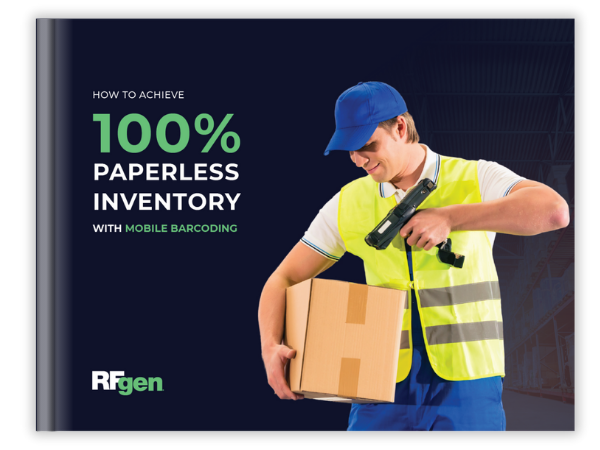
How to Achieve 100% Paperless Inventory with Mobile
DOWNLOAD NOW »Machine Learning
In addition to the automation tools, machine learning algorithms are revolutionizing smart supply chain management by automating decision-making processes.
For some context, machine learning is a subfield of artificial intelligence (AI) that allows machines to mimic human behavior and perform complex tasks in a way similar to how humans solve problems.
That said, Unilever’s use of machine learning helps them optimize their portfolio of brands and make quicker decisions. Using SKU simplification, the tool delists low-performing products to focus on core SKUs, and gives their team an assessment of their portfolio.
Overall, the tool helps Unilever’s team determine whether a particular item should be kept on the shelf or discontinued and most importantly, to make faster better-informed decisions.
Leveraging Artificial Intelligence (AI)
To make full use of its data, Unilever also introduced Aera Technology, an AI-driven platform, to leverage and enhance decision-making processes. Its ability to analyze vast amounts of data helps identify patterns to provide actionable insights.
Sustainability Initiatives
Unilever has ambitious sustainability plans to drive climate action to reach net zero, reduce plastic, and raise the overall living standards in their value chain.
For instance, they have several active programs to keep them on track. Here are some of their additional programs at work:
Driving down their logistics emissions
Unilever had aimed to reduce their carbon footprint and achieve net zero by 2030 across its value chain. Their plan of action included:
- Improving efficiency to reduce the distance traveled and the number of trucks used.
- Switching to renewable energy to decarbonize our warehouse footprint.
- Varying their modes of transport and conducting various pilots with electric vehicles and alternative fuels.
Using innovation to lower the footprint of our products
Unilever is also changing product formulations to lower emissions.
For example, Unilver uses biodegradable, renewable carbon where possible – carbon from plants, to avoid releasing emissions. Their most recent product is a dilute-at-home laundry detergent from Persil/OMO.

The Benefits of Sustainable Packaging
READ NOW »Using technology for more sustainable supply chains
To ensure they’re up to speed on the top technology in their industry, Unilever continuously collaborates with partners to trial new tech. Their latest focus: satellite imaging.
With this tool, Unilever can enhance their forecasting and mitigate early risks of deforestation.
Their implementation of these technologies has allowed them to:
- Map 67 million hectares of forests.
- Assess 77,000 villages to support sourcing from low-risk smallholders.
- Analyze almost 4,000 palm estates to direct suppliers to deforestation-free sources.
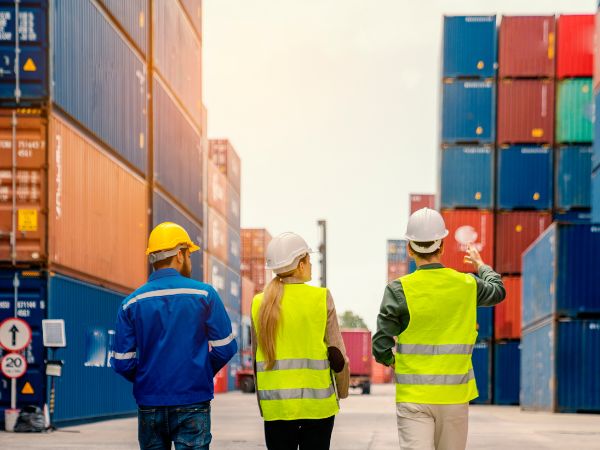
Creating a Sustainable, Smart, and Lean Supply Chain
LEARN MORE »The Role of S-Curves in Unilever’s Transformation
Equally important to Unilever’s transformation is the S-Curve framework. Its purpose: to assess the state of a project and its performance. Its effect: transformation.
As for Unilever, they use the S-Curve framework to measure the progress of each phase of product development or technology integration.
This way, Unilever can pace the implementation of new technologies and methodologies, ensuring that each transformation phase is fully optimized before transitioning to the next.
Additionally, the model allows Unilever to manage the lifecycle of innovation within its supply chain, guiding the progression from inception, through rapid growth, to maturity.
Let’s explore how each phase works to enhance Unilever’s processes.
Phase #1 Initial Adoption and Experimentation
Firstly, Unilever begins with a pilot program to evaluate its effectiveness.
In doing this, Unilever can learn and adapt innovations. This slow phase is important for learning and adapting the innovations to fit Unilever’s unique operational context.
Phase #2 Rapid Growth and Scaling
Secondly, Unilever evaluates how the software is tested. If the result is positive, the team prepares to implement it at scale.
This way, Unilever can see accelerated growth as the innovation is rolled out across multiple facets of the supply chain.
However, the challenges here are managing the logistics of a global rollout and training employees to adapt to new systems.
Phase #3 Maturity and Optimization
The next phase is to take the stabilized process and optimize it. At this time, the focus is on maximizing value. After evaluating the efficiency and cost-effectiveness of the new systems, they begin making incremental improvements.
With this, Unilever can focus on maximizing value and evaluate how cost-effective a new system is and if small improvements need to be made.
Phase #4 Preparation for the Next Transformation
Finally, Unilever begins planning the next S-Curve, looking ahead at emerging trends.
More specifically, Unilever ensures that its supply chain remains resilient, responsive, and aligned with the evolving demands of a dynamic global market.
Consequently, Unilever’s supply chain is shaped to not only be efficient, but robust enough to face future challenges and capitalize on new opportunities.
Operating in a complex supply chain is challenging. That’s why improving operations with technology and methods like the S-Curve can help simplify even the most robust processes.

Also Read: Inside Johnson & Johnson’s Supply Chain
READ NOW »Case Study: CPG Company Achieves Real-time Visibility
Similar to Unilever, another CPG company, Domtar, was looking to transform its supply chain.
Wrestling with their relevancy in an intense market and complex tracking methods, Domtar’s knew their hand-written processes could no longer support their business operations.
To solve this, Domtar digitalized their manual processes with mobile data collection.
With the software, they gained real-time visibility, 100% paperless processes, and greater operational efficiency.
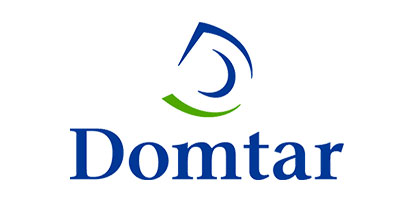
CPG company achieves 100% paperless processes
READ THE FULL STORY »Partnerships With Purpose
Unilever believes in partnering with purpose. And it’s their strategy behind collaboration that gives them their competitive edge.
For example, they draw on the collective power of their 54,000 supplier ecosystem to integrate new technologies and make strides in solving issues around nature and society.
Their most recent partnership was with a recycling, resource, and waste management company.
Through the partnership, Unilever was able to replace its paper-based process with a mobile barcoding solution.
As a result, Unilever brought extra PCR capacity to the UK and developed detectable black plastic packaging for Unilever’s TRESemmé and Lynx brands. This way, previously undetectable black plastics could be picked up by recycling plant scanners.
Unilever’s partnerships enhance customer service and provide a transparent end-to-end partner experience that promotes a true partnership mindset.
Strategic partnerships are vital for a supply chain’s success. Additionally, adopting a technology partner is an excellent strategy to ensure your solutions are truly enhancing your operational processes.
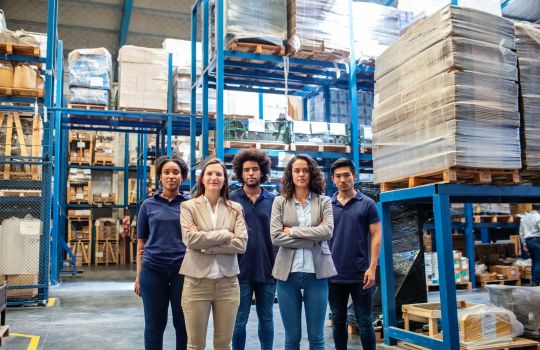
Partner with RFgen Software for Supply Chain Visibility
LEARN MORE »Lessons Learned from the Unilever Supply Chain
What lessons can your supply chain learn from the Unilever supply chain? One notable lesson is that Unilever doesn’t wait for supply chain trends to start innovating. Instead, the company proactively integrates technology, partners strategically, and drives sustainability to stay ahead of the curve.
For instance, Unilever actively seeks partners to challenge and push them towards innovation. Unilever’s supply chain thrives because it continues to adapt to industry, environmental, and technological shifts.
If your supply chain is going to lead in a competitive market, it must follow Unilever’s lead and continuously push towards a better and smarter supply chain.
If you are ready to implement a new solution to transform your supply chain, our experts would love to chat. Schedule a call with one of our team members at RFgen Software today.




